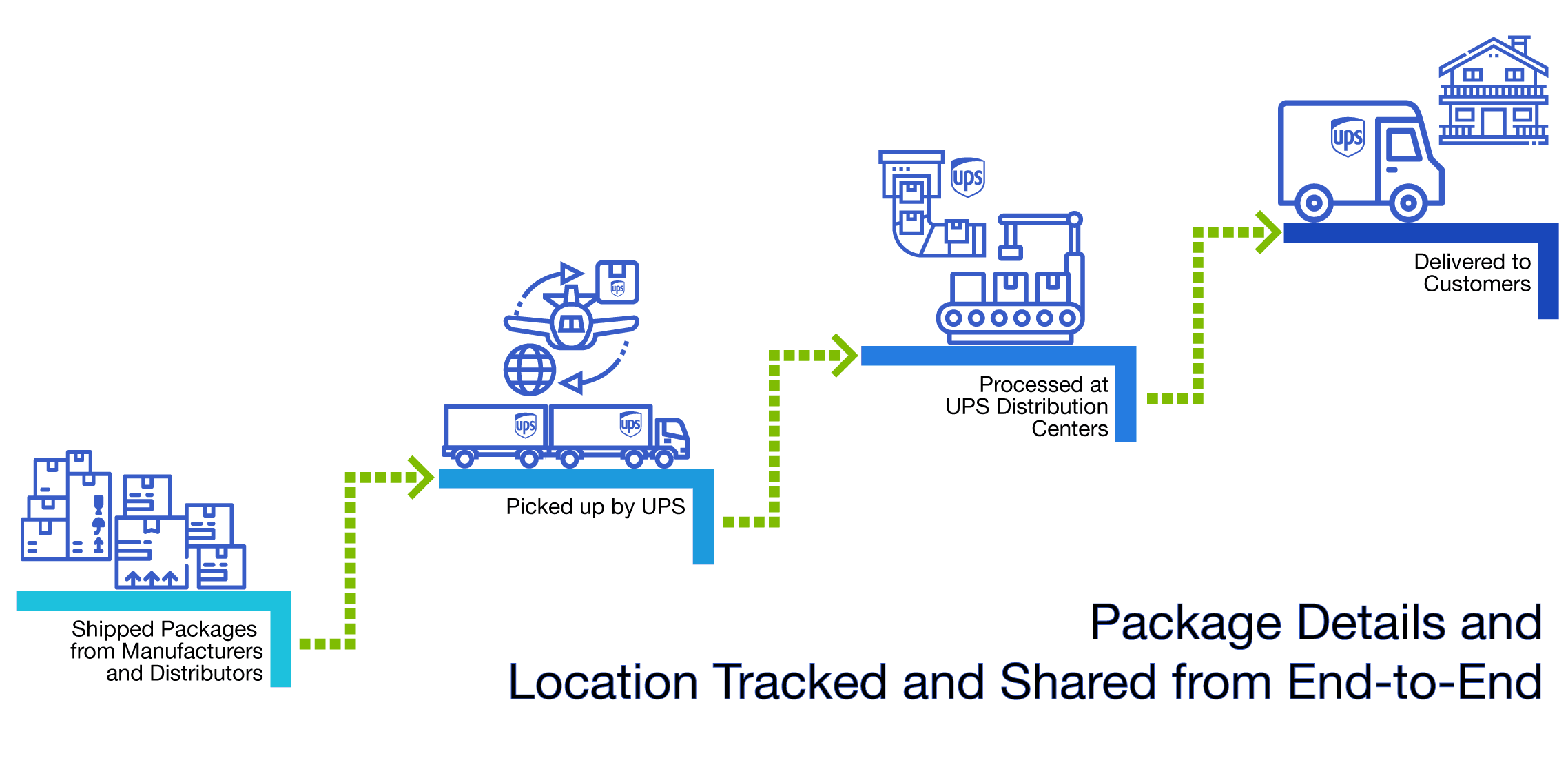
Because of the productivity benefits, business-to-business communication via APIs is growing at an exponential rate. The IBM i world is no exception as more and more IBM i users are building and using APIs. Integrating shipping data from transportation providers with core IBM i applications is one of the most popular API use cases we have seen. We’ve worked with companies that want to (among other things) view the exact current location and ETA of a truck carrying their goods, companies that want to do address verification before printing shipping labels, and companies that want to check shipping rates.
Recently, we have been working with a business that has an urgent need to replace their current method of sharing shipping manifest data with UPS because UPS is no longer supporting the IBM i Host Access module that it provided to customers for sharing that data. We have heard from other IBM i users facing the same challenge.
To replace the Host Access module, UPS is providing an open API path for uploading the Package Level Data (PLD). Any customer using the Host Access PLD-0200 module as their Electronic Manifesting Tool must move to the new API. This is a critically important capability because this package level data identifies every package the customer records as having been shipped. UPS needs customers to upload this data so they can ensure that they have received and are appropriately processing all of those packages. Without this machine-to-machine communication, it would be impossible to keep up with the volume of data.
The good news is that customers will find when they move to the API approach that UPS is also providing many other APIs that will allow them to further automate their shipping process. For example, UPS provides an address verification API that can be used to ensure that the address you print on a shipping label is valid. By validating the address, companies avoid the expensive process of rerouting packages sent to a bad address. There is also an API for downloading shipping history. UPS keeps limited history on their servers but they provide an API for their customers to download the history so they can keep the data for as long as they need. Of course, there are also the standard APIs for rate checking and shipment tracking so that you can keep your customers and your staff up to date on costs and the exact location and ETA of any particular shipment.
These are just a few examples of the exploding use of APIs to automate business-to-business communication. There are countless other ways that you can use APIs to automate your business processes. If you’d like to learn more about this and how Eradani can help you API-enable your IBM i with high performance APIs, check out one of our webinars or visit our website at https://eradani.com.

